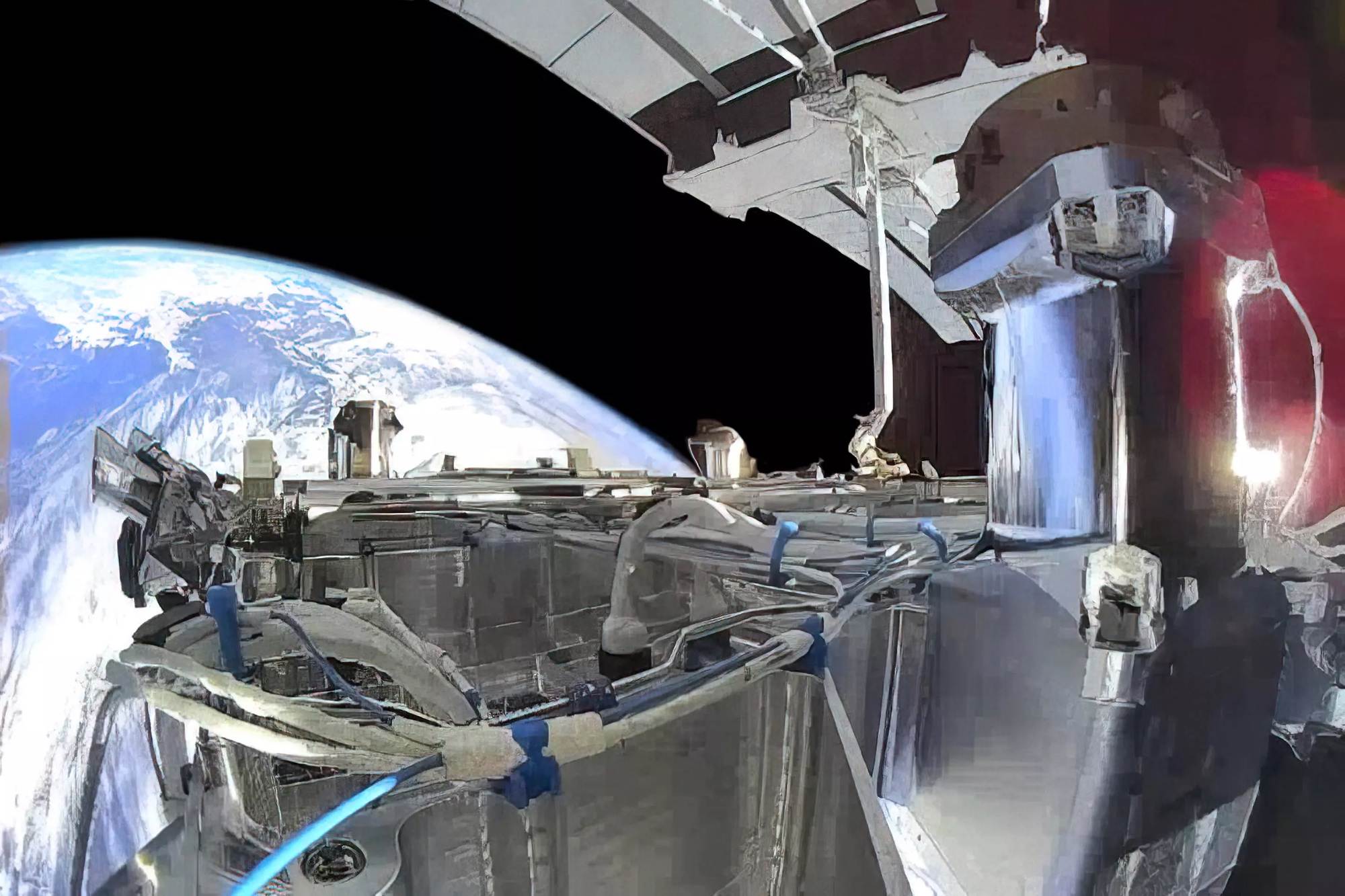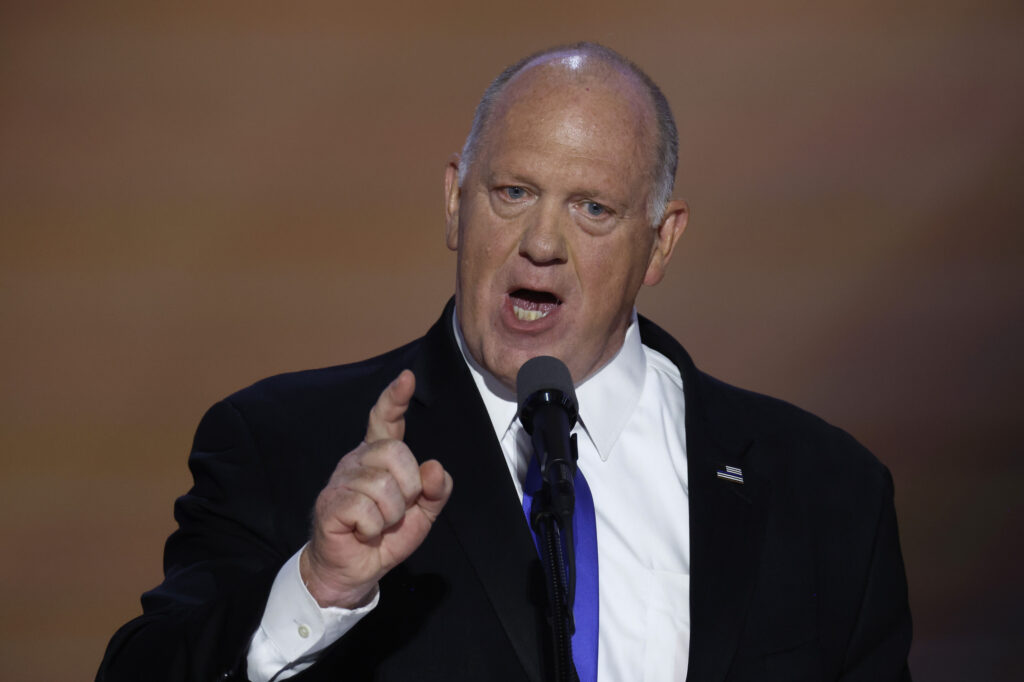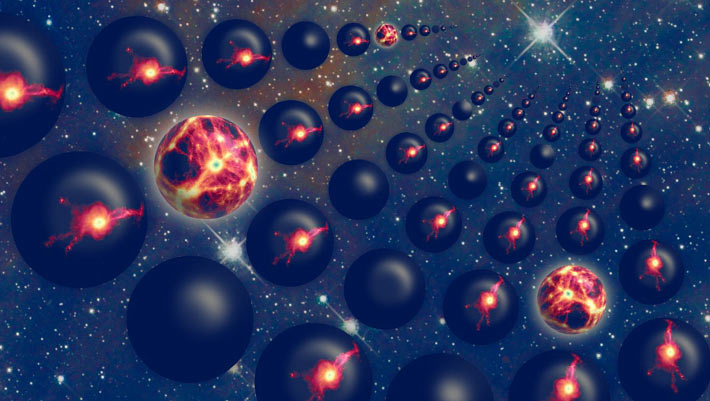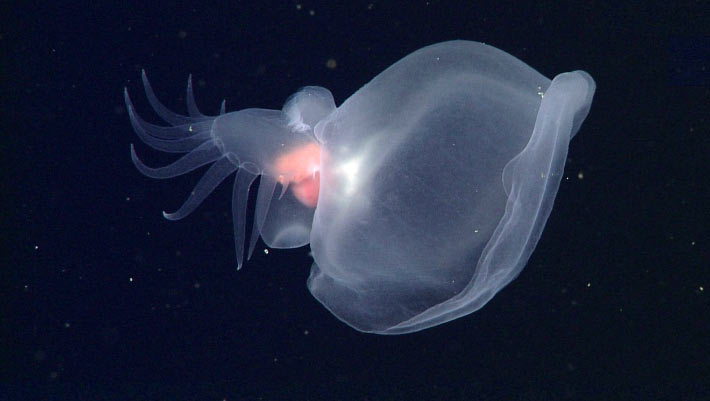Earth observation companies wary of Starshield

Top Stories Tamfitronics
PARIS — After seeing the disruption that Starlink has had on the satellite communications market, companies in the Earth observation sector are closely following the development of a related SpaceX system.
Executives with several Earth observation companies said during a panel at World Space Business Week here Sept. 19 that they are keeping tabs on SpaceX’s Starshield system, with some seeing competitive concerns and others opportunities for partnerships.
SpaceX announced the Starshield program in late 2022, billing it as a version of its Starlink satellites designed for national security applications. The company said that included Earth observation in addition to communications and hosted payloads.
“Starshield launches satellites with sensing payloads and delivers processed data directly to the user,” the company says on its website. The company has provided little other information about Starshield and its capabilities.
Despite the lack of public information, satellite Earth observation companies are monitoring it. “We take it very seriously,” said Eric Even, head of Space Digital at Airbus Defence and Space. “We did not need proof that it is very serious. We saw that with Starlink.”
While Starshield is intended for national security applications, it is a concern for an industry where two-thirds of the $6.6 billion in revenue it recorded in 2023 came from defense customers, according to data from Novaspace presented at the conference.
“The geospatial industry has always been very competitive,” he said, calling Starshield just the latest competitor companies like his must respond to. “We continue to work on all the elements of the value chain so that the service always becomes better the final customers, whomever they are.”
Paolo Minciacchi, senior vice president of Telespazio, was even more concerned. “The real problem is that we are facing a situation where we have an entrepreneur who has a lot of money, more than a state, so can do very huge investments, and has the support of the U.S.A. government,” he said. “No single company can manage a competitive situation like that one.”
He called on other countries, including in Europe, to maintain sovereign systems of some kind even with Starshield. “We strongly need the support by our countries,” he said, including financial support. “Because, without that, it’s impossible to compete with operators that can invest billions of euros in a very short time with the support of the U.S.A. government.”
Others saw opportunities to work together in some way with Starshield. “Bringing in more players into the market helps the growth of the market,” said Minda Suchan, vice president of geointelligence at MDA Space.
“As more people come into the Earth observation community, there’s just always more opportunities to partner, to have further conversations,” she said. “No one has the single solution to all the missions. You have to have that collaboration.”
“It creates an opportunity for us to partner,” said Andy Stephenson, senior vice president of global sales at BlackSky, discussing how his company brings in data from various partners in addition to its own imagery to provide insights for customers. “The opportunity of more partners coming into the mix, into the fray, over time is going to help us.”
Starshield could also shake out any complacency in the industry, argued Barak Solomin, chief marketing officer at ImageSat International. “We have to wake up every day to look in the mirror and ask what makes us special,” he said. If the answer is not convincing, “you probably need to disrupt.”
That could come through a greater embrace of artificial intelligence technologies, he said. “We can lead a disruption rather than try to block it.”
Anders Linder, general manager for international government at Maxar Intelligence, noted earlier in the panel that the industry could be doing more to grow the Earth observation market, which Novaspace projects to reach $9.2 billion by 2032.
“I think the Earth observation market is not reaching its full potential,” he said. “If it’s Starshield or something else, there will be more competitors coming in.”
He agreed that no single company will dominate the Earth observation market because of the varying needs of customers. “I think it will spur it. It will be tough for us sometimes,” he said of any competition from Starshield. “I think it will make us better.”



 Hot Deals
Hot Deals Shopfinish
Shopfinish Shop
Shop Appliances
Appliances Babies & Kids
Babies & Kids Best Selling
Best Selling Books
Books Consumer Electronics
Consumer Electronics Furniture
Furniture Home & Kitchen
Home & Kitchen Jewelry
Jewelry Luxury & Beauty
Luxury & Beauty Shoes
Shoes Training & Certifications
Training & Certifications Wears & Clothings
Wears & Clothings
















